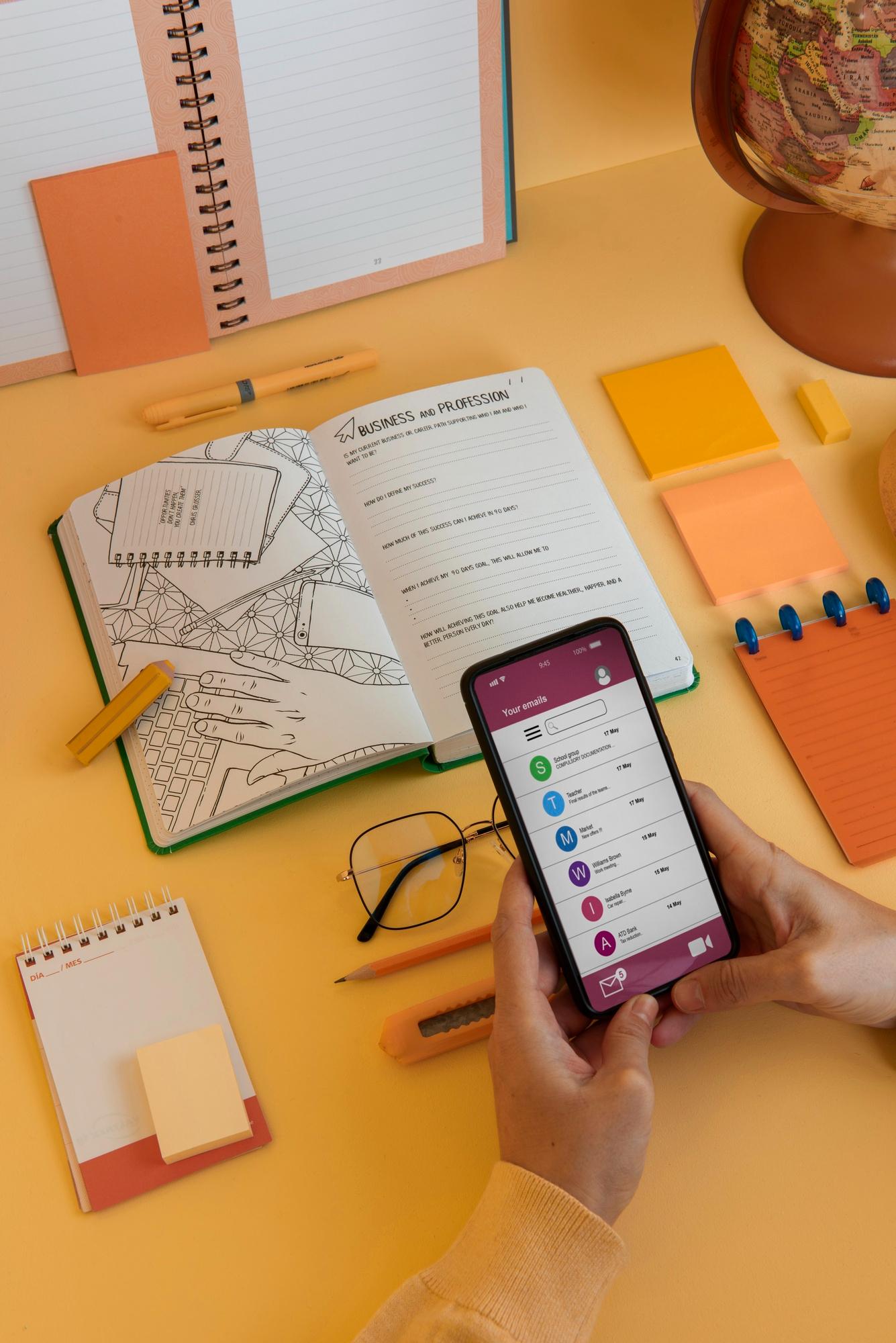Patrocinados
How to Get Your First iOS App Published on the App Store

Getting your first iOS app on the App Store is a big deal for any developer. But the process has many steps, from development and testing to submission and approval. This guide will walk you through each one.
1. Get Your App Ready
Before you submit your app to the App Store make sure it’s fully developed and tested. Here’s what to check:
-
Functionality: No bugs, works as expected.
-
User Interface (UI): Follow Apple’s Human Interface Guidelines.
-
Performance: Optimize for speed and efficiency, reduce memory usage.
-
Device Compatibility: Test on different iOS devices and screen sizes using Xcode’s simulator and real devices.
2. Become an Apple Developer
To publish an app on the App Store you need to enroll in the Apple Developer Program. Here’s how:
-
Go to Apple Developer and sign up.
-
Choose Individual or Organization based on your needs.
-
Pay the $99 annual fee.
-
Set up your App Store Connect account which is required for app submission and management.
3. Set up Your App in Xcode
Make sure your app is set up for submission:
-
Bundle Identifier: A unique identifier for your app (e.g. com.yourcompany.yourapp).
-
App Icon: Provide different sizes for different iOS devices.
-
App Version: Set a version number (e.g. 1.0.0).
-
Capabilities: Enable features like push notifications, background modes or in-app purchases.
4. Test with TestFlight
Before you submit your app test with TestFlight:
-
Upload your app build to App Store Connect using Xcode.
-
Invite beta testers to try your app and provide feedback.
-
Make sure no critical issues arise before public release.
5. Submit for Review
Once your app is ready submit it through App Store Connect:
-
Create an app listing with a name, description, screenshots and promotional materials.
-
Set pricing and availability (free or paid).
-
Upload App Store screenshots (iPhone, iPad versions).* Submit to Apple’s review process which may take a few days.
6. Pass Apple’s App Review Guidelines
Apple reviews apps before approving them. Here are common rejection reasons to avoid:
-
Crashes and Bugs: No crashes, no bugs.
-
Poor UI ***gn: Follow Apple’s Human Interface Guidelines.
-
Misleading Content: Your description matches your app’s functionality.
-
Privacy Issues: Be transparent about user data collection and provide a privacy policy.
7. App Store Approval and Release
Once approved:
-
Choose a release method—manual, scheduled or immediate.
-
Promote your app through social media, email marketing and app directories.
-
Monitor your app’s performance via App Store Connect ***ytics.
-
Gather feedback and release updates to improve user experience.





